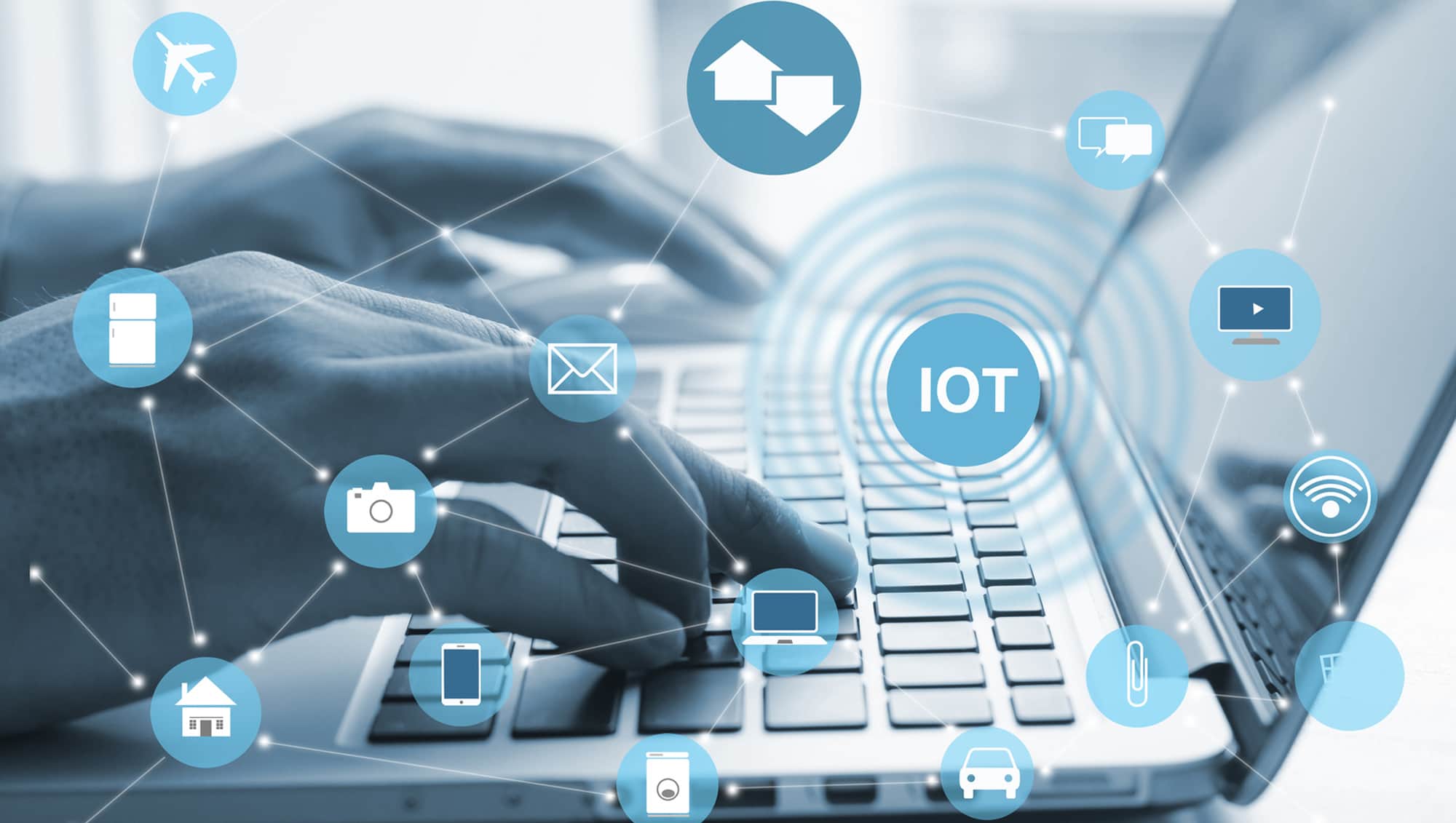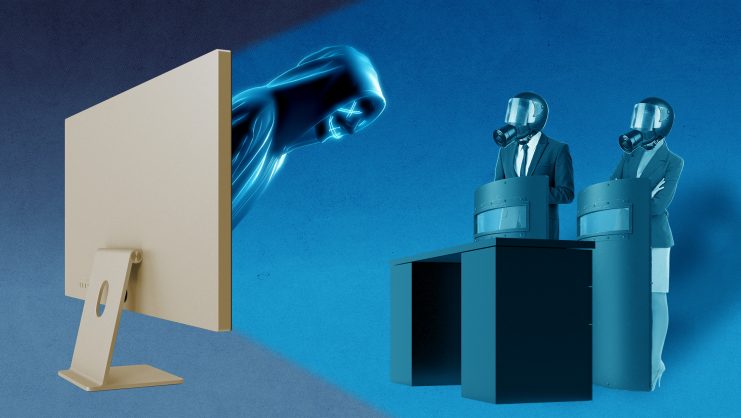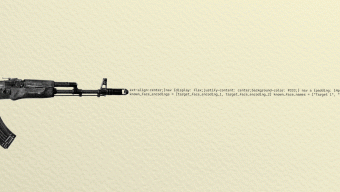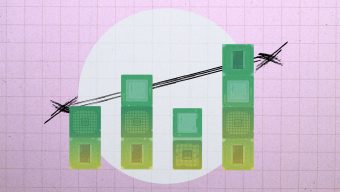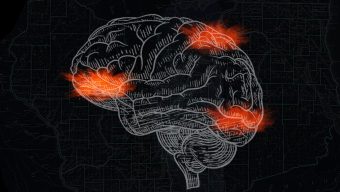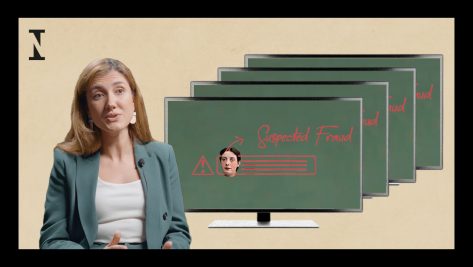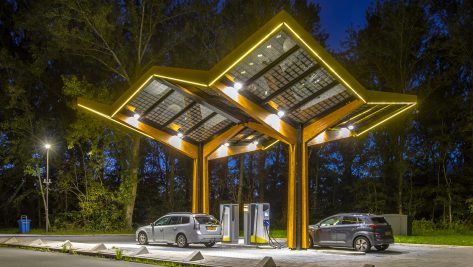By 2020, the total number of devices connected to the Internet will be close to 50 billion. The incessant availability of new interconnected products illustrates the magnitude of this technological trend, which encompasses all sorts of industries, segments, and regions around the globe. Now that practically any object can be equipped with the capacity for smart and remote communication, the possibilities are endless.
This is made possible by the conjunction of three key aspects that define IoT: 1) sensors, which transform analog reality into digital variables; 2) connectivity, which allows data to be transmitted via many types of connections, including 4G, Ethernet, Bluetooth, and RFID; and 3) processes, which transform the compiled data into valuable information and knowledge.
Thanks to IoT, a wide range of sectors are becoming more productive and efficient, improving their products and services, and even creating new value propositions. Marketing and sales may be the field where the effect of this technology is felt most strongly. With IoT, companies can collect vast quantities of data on customers and potential customers in real time, allowing a more agile response to their needs and preferences. In the past, data and variables of this sort could only be gleaned by intuition or market analysis. Thanks to IoT and the advance and spread of new technologies such as big data, artificial intelligence, and machine learning, we no longer need statistics to understand the market. It is now possible to reach, get to know, and interact with customers on an individual basis.
Customer service can be optimized on the basis of real-time information provided by these technologies. For the marketing and advertising sector, this translates into the creation of new opportunities for interaction. This approach, known as “proximity marketing,” helps to build brand recognition and preference. If a particular brand manages to satisfy—or even anticipate—a customer’s needs, that brand will surely be the first one she thinks of next time around.
Organizations must stay abreast of these developments and redesign their value-creation processes around product marketing, which is the reflection of the customer within the company.
Customer experience
All consumer-goods brands share one important objective: carving out a place in the minds of millions of customers. To do this, a brand must have channels that allow it to maximize interaction with users.
We can therefore expect to see more and more solutions that incorporate digital signage, i.e. screens that allow rich interaction with the user. The interface will be natural so that the user is not aware of the technology behind the solution. Besides the screen, important features include voice recognition, contextual signage, haptic interfaces (touch-based interaction, e.g. the vibration of a mobile phone), and the ability to feel or manipulate simulated objects in virtual environments.
The result is a new user experience called immersive reality or 360° reality, which entails new opportunities for creating, transforming, and disrupting business models in which the data are the product.
Because of IoT, it is clear that operational marketing will remain an essential pillar of business development, since it must lead the conversation and get the customer involved. Organizations must stay abreast of these developments and redesign their value-creation processes around product marketing, which is the reflection of the customer within the company.
Thanks to IoT, a wide range of sectors are becoming more productive and efficient, improving their products and services, and even creating new value propositions.
IoT everywhere
Given the transformative potential of IoT, you’d be hard pressed to name a sector that has not started to explore the business possibilities of this technology. Some of the most disruptive examples are found in insurance, city planning, home furnishings, and industry 4.0.
IoT offers countless possibilities. Insurance companies can calculate their policyholders’ life expectancy and find out, via wearable devices, whether they have healthy lifestyles. Practically all household devices can be interconnected, creating an automated ecosystem capable of adapting to the user’s behavior in real time. Smart factories boost productivity and efficiency by combining the physical and virtual worlds.
But city planning is where IoT truly reaches its full potential. Smart cities such as Barcelona, Dubrovnik, and Singapore have deployed sensor networks to monitor traffic, lighting, and even public fountains. These examples reveal the scope of the possibilities of IoT and show how this technology encourages interaction with users, leading to new value propositions, greater knowledge of customers and consumers, and the capacity to better adapt to their needs.
© IE Insights.



